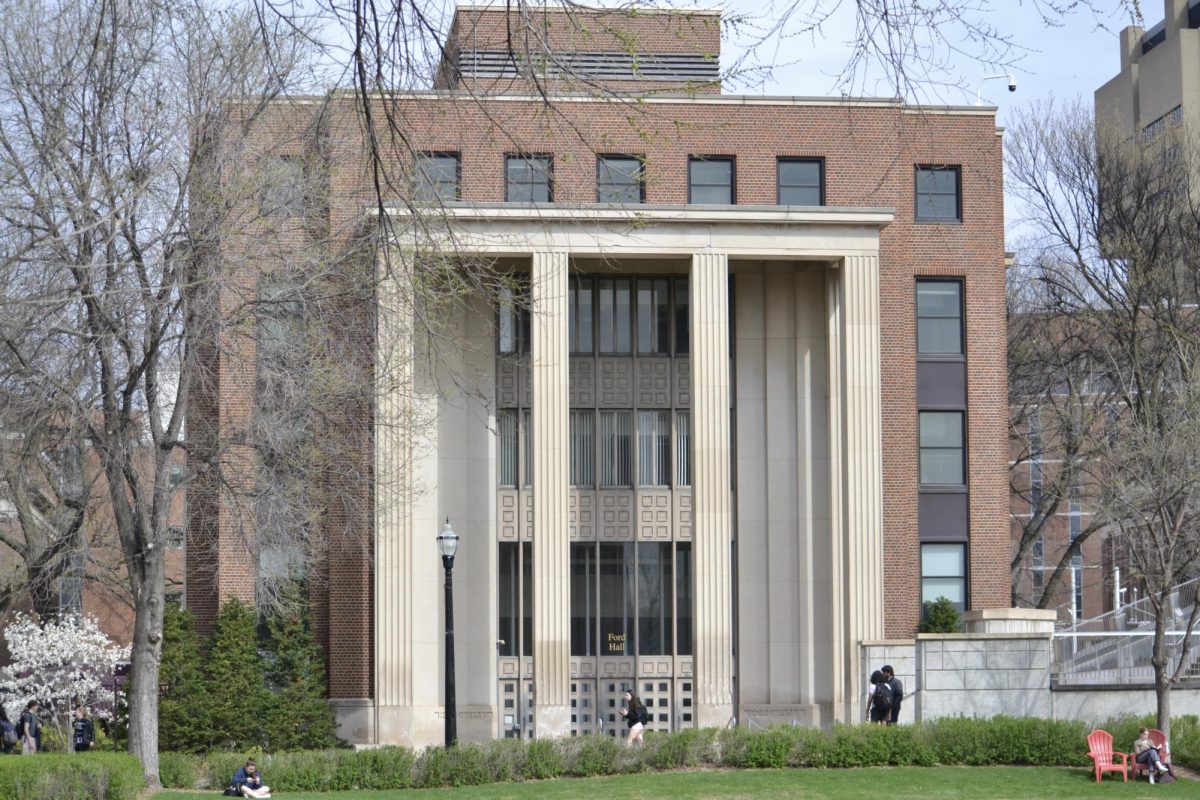Streetlights are hardly a glamorous subject, but the city of Minneapolis is taking them very seriously as it looks to change current lighting policy. Perhaps there is no simpler way to make neighborhoods feel safer than by ensuring there is plenty of light available, and any new policy should acknowledge that vital function.
In recent years, the lighting situation has left something to be desired. Currently, Minneapolis residents can petition the city for increased lighting in their area, but the process can leave residents waiting for a year. And in preparation for the adoption of a new citywide lighting policy, a moratorium on new light installation was enacted five years ago; some residents have been waiting for neighborhood lighting improvements for years.
The proposal that has garnered the most attention involves the implementation of a utility fee on all citizens of Minneapolis. The fee would be between $100 and $140 annually and would generate revenues of $16 million per year. These funds would be spent on the replacement of all the city’s streetlights over the next 30 years.
Such dramatic overhaul of the city’s lighting could certainly benefit Minneapolis in the long run, but pressing concerns should not be ignored. With such a long timeline for the completion of the project, there must be a provision that allows for the installation of increased lighting in neighborhoods that are in need. Safety needs to be the top priority and providing lighting where it is demanded is essential to the city’s plan.
Additionally, at first glance, the program seems expensive and painfully slow. Certainly it is important to have a well-lit city, but other proposals are being discussed as well. Currently, the city is holding meetings and accepting comments from residents before determining the course of action.
A new streetlight program would modernize the city’s lights and provide a comprehensive plan for Minneapolis into the future, but current needs must not be forgotten during this process.










